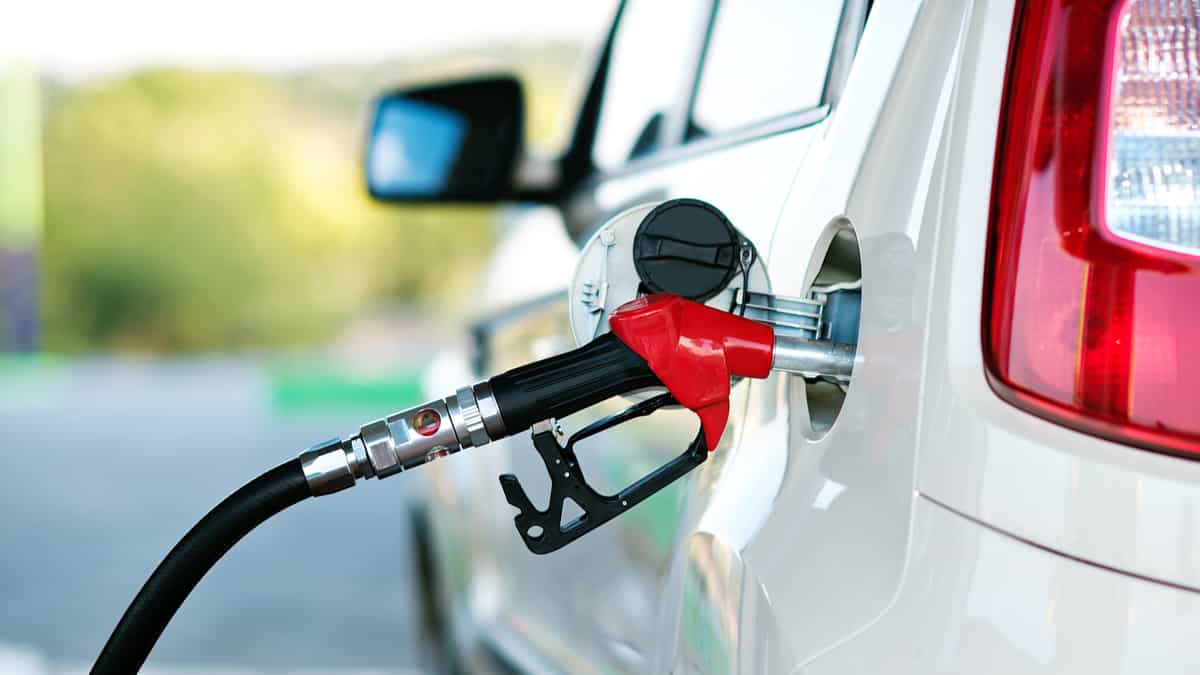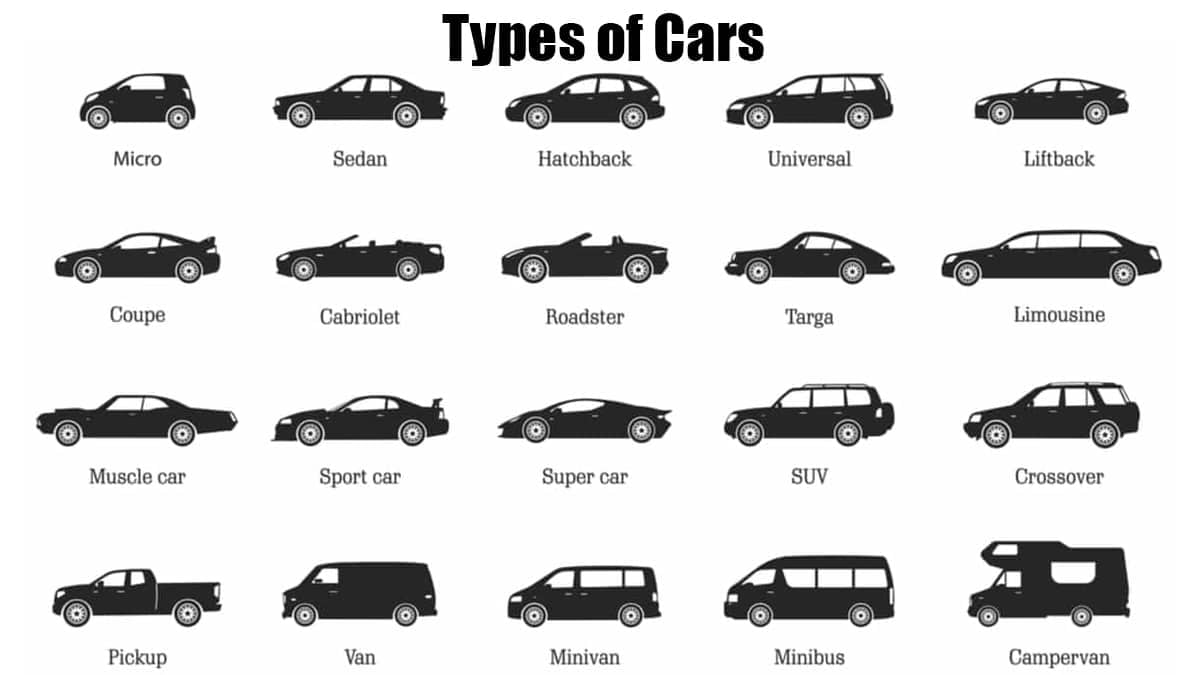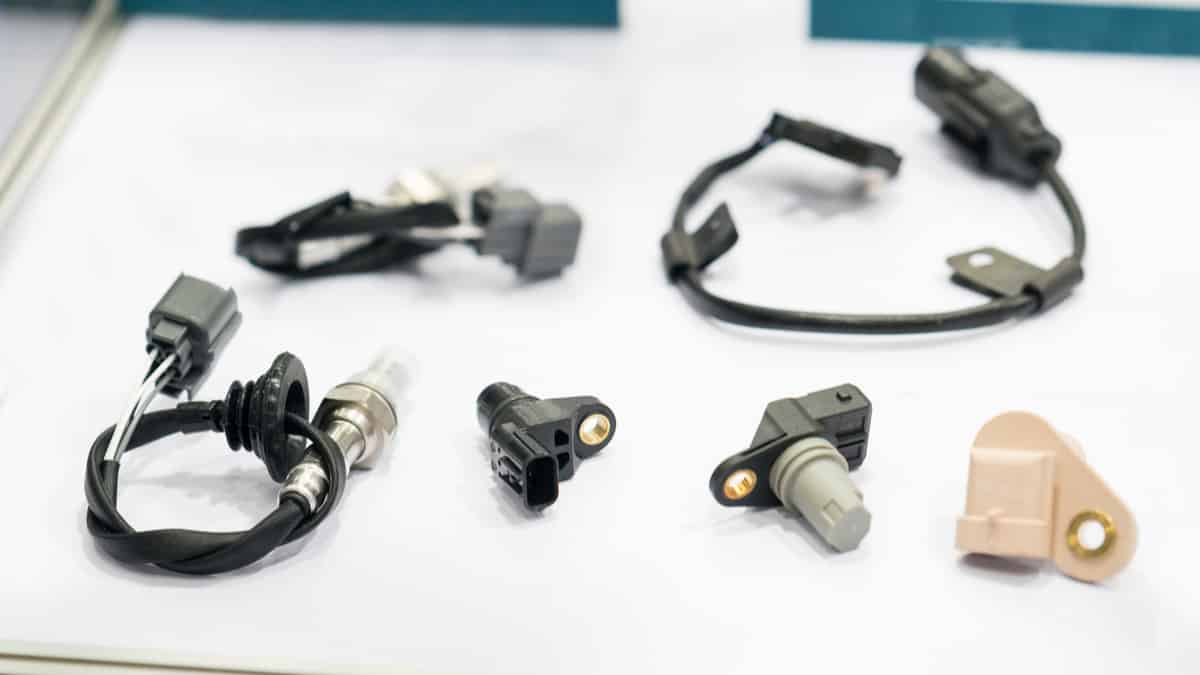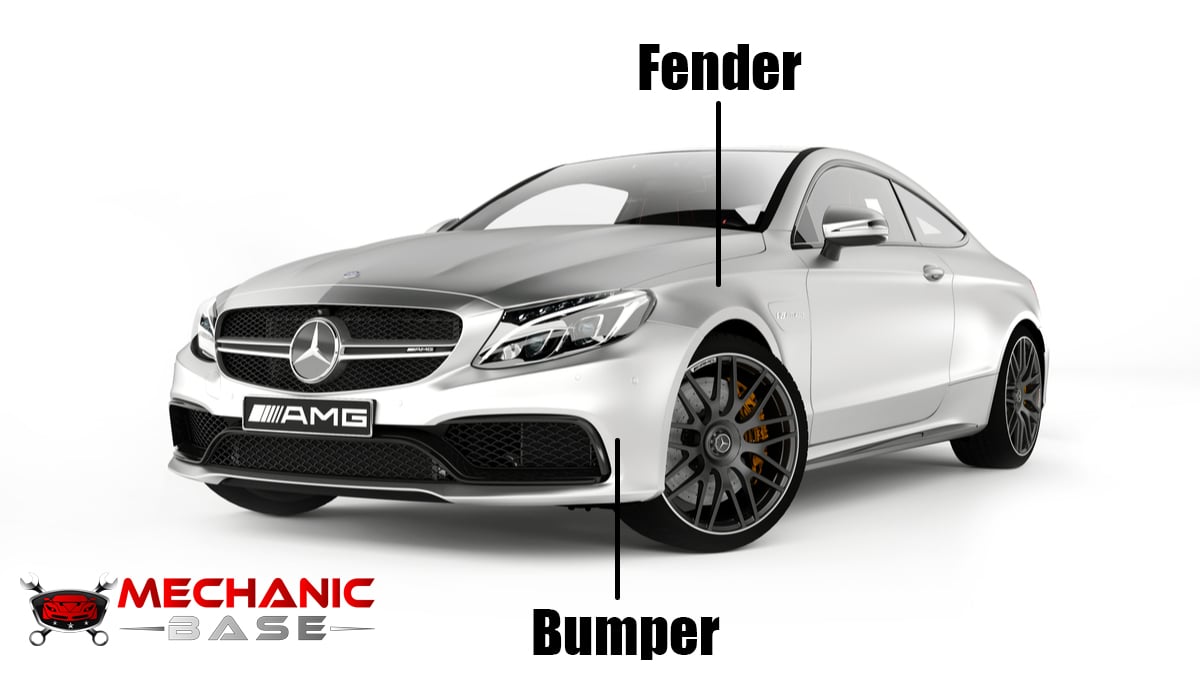When you pull up to the fuel pump in your car, do you consider what type of gas you should be using? There are many different options and if you don’t know which of the types of gases for cars you can use, damage could occur to the vehicle.
In this article, we cover the varying types of gas used in cars. You’ll find a variety of unleaded options, among others. You may even learn about a few fuel options you never knew existed. Plus, we will answer some of your most asked questions.
Types of Gases for Cars
Among unleaded gasoline, there are several different octane ratings. Your car might take 87, 88, 89, 92, 93 or 95 octane unleaded fuel. There’s still leaded fuel for some purposes. Other than those, the car might take E85 (Flex-Fuel), E15, or diesel fuel. Most fuel types aren’t interchangeable.
Here is a more detailed list of the most common types of gases and fuels for cars:
1. Unleaded Gasoline

Unleaded fuel is one of the most common types used today. It was created to counteract all of the environmental pollutants created from burning lead fuel. Today’s unleaded formulations don’t have tetraethyl lead included.
When unleaded was first introduced, older lead cars needed to be phased out, which took some time. Now, unleaded is the most common at the pumps. Still, unleaded gas comes in different formulations, which will be discussed in a minute with the various octane ratings.
READ MORE: Which Gas Stations Have The Best Quality Gas? (Top 5 Best)
2. Leaded Gasoline
Back in the 1920s, leaded gasoline was the go-to for automobiles. It was popular for decades following until unleaded took over the pumps.
Originally, lead fuel was used to prevent knocking or pinging in the engine. The lead additive was supposed to improve the performance of the engine and increase fuel efficiency.
Tetraethyl lead provides some cushion in the engine, but there were cleaner options available. Still, lead was used because it was cheaper. At the time of its introduction, no one understood the environmental and health concerns associated with lead.
Once it was discovered, the automotive industry started switching to unleaded formulations instead. Japan was the first to outlaw lead fuel back in 1986. Other countries followed suit until 2021 when Algeria became the final country to ban it. Now, this fuel isn’t available to purchase.
3. 87 Octane Regular Unleaded Gasoline
87 octane gasoline is the lowest available at fuel stations today. This unleaded fuel is known as “regular” because it’s the standard type used in many vehicles. Octane rating reveals the quality of the fuel, showing how efficiently it burns in the engine.
87 Regular is a low octane fuel that offers less stability and less predictability in high compression motors. It’s not going to offer the same amount of performance or power as the higher octane unleaded gases do.
If this low octane fuel is used with a high-performance engine, it can lead to uncontrolled ignition in the cylinders. Over time, this issue creates damage to the high-performance motor. Even if the ignition is computer-controlled, there will be reduced efficiency and increased emissions. This ignition type can adjust the spark and timing, but it doesn’t resolve all of the issues.
Of all the unleaded gasoline available at the pump, regular 87 octane is going to be the cheapest. It’s normally designated by being the options furthest to the left of the unleaded options.
READ MORE: What Happens If You Mix Premium and Regular Gas?
4. 88 Octane Unleaded Gasoline
Most people haven’t seen 88 octane fuel because it’s not normally what it’s called. Instead, it’s known as E15 fuel. We will discuss this more in a few minutes, but this gasoline blend has 15% ethanol included.
With the 87 octane fuel, no more than 10% ethanol is used. So, the difference between 87 and 88 octane fuel comes down to an extra 5% ethanol. Most cars made between 2002 and 2015 can tolerate a maximum ethanol amount of more than 10%.
It’s possible that 88 octane will grow in popularity over the next few years. As ethanol production increases and people look for alternatives to petroleum-based fuel, 88 octane might take off.
RELATED: Will Unleaded 88 Damage My Car? Is It Safe?
5. 89 Octane Plus Gasoline (Mid-Grade)
89 octane fuel is the mid-grade type. In some regions, it’s marketed as 90 octane instead. Many modern pickups, SUVs and cars benefit from having this slightly higher octane rating. It’s known to improve fuel efficiency and create less wear to the engine. It can also help the motor pump out more power.
Some vehicles can use either 87 or 89 fuel. While the 87 is cheaper, the 89 octane is usually better for the engine. Either way, damage won’t occur from using either, as long as the manufacturer recommends them. Although, some people don’t notice a big enough difference between the two to justify the higher cost.
6. 93 Octane Premium Unleaded Gasoline

93 octane fuel is considered one of the highest of the unleaded options. It’s known as a premium fuel meant for performance engines. If your car has a motor with high compression ratios, the higher octane fuel is needed.
To use anything lower that’s not recommended by the manufacturer could lead to engine damage. It could also reduce fuel efficiency and cause wear to turbochargers.
However, the trade-off of using 93 octane fuel is the added cost that comes with it. Because manufacturers add specialized detergents to this fuel, it can cost up to $0.70 more per gallon in some regions.
7. 92 Octane Premium Unleaded Gasoline
92 octane fuel is also considered a premium gas. It’s the medium ground between 91 and 93 octane, which are all offered, depending on what pump you visit.
It’s going to provide many of the same benefits as 93, becoming more stable in a high-performance engine. It also prevents pre-ignition from occurring, offering a cleaner and better burn. If your car requires premium fuel, you don’t want to use regular.
8. 95 Octane Premium Unleaded Gasoline
You won’t find 95 octane at all gas stations. It’s expensive and only meant for certain cars. This premium unleaded fuel is designed for high-performance engines, such as a Ferrari or a Porsche.
It’s found at stations in higher altitude regions to help the engine run better. With the higher octane rating, ignition will be perfectly times in high-compression engines, thereby preventing unnecessary wear.
9. E85 And Flex-Fuel
E85 is known as a flex-fuel gasoline because it blends the ethanol with the typical petroleum-based mixture. Ethanol is a plant-based fuel that is known for lowering emissions and improving cold-weather performance.
Some modern vehicles are known as Flexible Fuel Vehicles (FFVs) because they can accept the higher level of ethanol. E85 can have a varying amount of ethanol included, anywhere between 51% and 83%. This amount is often changed between seasons to ensure better performance.
Some E85 cars are less fuel efficient than standard unleaded variants. This is a major downside for some people. Fuel efficiency suffers because of the low energy-per-volume when compared with regular gasoline.
If your vehicle is flex-fuel, it can run on E85 or unleaded. On the other hand, regular unleaded cars should never use E85.
RELATED: Can You Use Regular Gas in a Flex Fuel Vehicle?
10. Diesel
Diesel fuel isn’t a type of gasoline, but it’s important to put it on our list. It’s an alternative type of fuel, often found at the same pumps next to unleaded.
Diesel comes in several different forms. You can find diesel made from petroleum, while others are created from biomass, known as biodiesel. The one most commonly used is petrodiesel, which is a byproduct created when gasoline is manufactured.
Diesel fuel isn’t as refined as gasoline. It can only be used in a specific diesel engine. Compression is used to ignite this fuel, which is different from the spark required in a gas engine. If you put gasoline in a diesel tank or vice versa, you are going to create irreparable damage.
11. E15 Gasoline
One final fuel worth discussing is E15 gasoline. We’ve touched on it briefly, up in the section about 88 octane fuel. You already know that E15 contains 15% ethanol mixed with 85% gasoline. Because it has more ethanol than regular unleaded, it has a higher octane rating. You can find it at pumps as either E15 or 88 octane, depending on where you are.
The majority of vehicles made after 2001 can use E15 without causing a problem. Additionally, flex-fuel vehicles can use E15 gas too. However, it’s always best to read the owner’s manual to see what the manufacturer recommends.
Because there hasn’t been a lot of testing with E15, it’s not meant for all vehicles. If you have a recreational vehicle, such as a snowmobile, ATV, off-road SUV or motorcycle, you shouldn’t use E15 unless the manufacturer recommends it.
What are the four fuel types?
While there are many categories of fuel, the main types are gasoline, diesel, ethanol and biodiesel. Among these categories, you can find many other options broken down. For example, unleaded gasoline is available in several octane ratings ranging from 87 to 95.
What type of gas does a car use?
The majority of modern cars will use either unleaded gas, diesel fuel or an ethanol blend to power the engine. It’s best to only use what the manufacturer recommends. You can find this recommendation in the owner’s manual or inside the gas tank door. If you use the wrong type of fuel, you can cause engine damage.
Why are there three different gas types?
When you pull up to most gas pumps, you will see three different unleaded fuel options. These are broken down into “Regular,” “Mid-Grade” and “Premium.” The Regular fuel is designed for most cars on the road, while Premium is used for high-performance engines. The car manufacturer specifies which one should be used for your vehicle.
What is E10 gas?
E10 fuel has a blend of 10% ethanol with 90% gasoline. This low ethanol fuel is more commonly known as 87 regular unleaded. It’s used by the majority of gas-powered engines on the road today but is slowly becoming less popular with the alternative fuels available. E10 has 5% less ethanol than E15 or 88 octane fuel.
What’s the difference between the many types of gas for cars and which one should you use? Our detailed guide should help you see what’s right for your vehicle. Not only did we break down the differences between unleaded grades versus other options, but we also showed you why each is valuable in certain circumstances.
It’s important that you always follow manufacturer recommendations with your vehicle. If it’s only recommended to use 87 unleaded fuel, don’t upgrade in hopes of helping the performance. The opposite is also true. You don’t want to downgrade the fuel octane to save money or you could cause engine problems. Most importantly, don’t mix diesel or gasoline fuel in an engine that it’s not meant for or you may not even be able to pull away from the pumps.
Categories: General
















